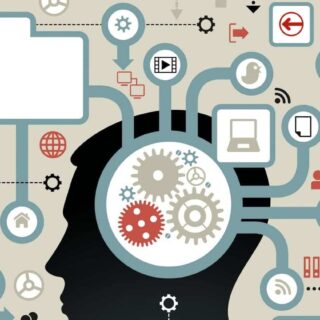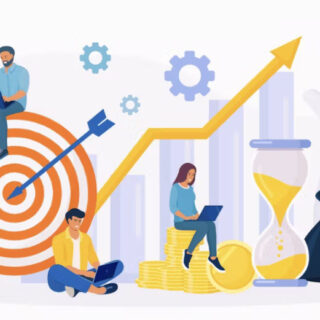 Approaching a “Fixed” or “Growth” Mindset to Increase Employee Engagement through Strategic Communication
Approaching a “Fixed” or “Growth” Mindset to Increase Employee Engagement through Strategic Communication
The mindset of your employees has an immense impact on how they think, feel, engage their colleagues, approach new challenges, and react to professional success or failure. Identifying and understanding the mentality of an employee is of critical importance to effective communication, delegation, and direction by management. Furthermore, recognizing a pervasively unfavorable mindset shared by employees throughout your company is the first step in effecting change. If an organizational mentality or corporate culture is harming its ability to succeed, management must lead the charge for change.
If leadership lacks the ability to empathize and engage with their employees in a constructive way, an organization will be doomed to mediocrity or failure. Conversely, the most successful companies are those in which management can spur high performance, positive attitude, and professional development in their employees by speaking to their mindset. Recent studies show a vast dichotomy between a ”fixed” and “growth” mindset, a fundamental starting point for bringing out the best in each and every member of your team.
Identifying the Difference Between a Fixed and Growth Employee Mindset
The renowned work of Stanford psychologist Carol Dweck has delineated two distinct mindsets among individuals within organizations. These divergent employees have powerful implications for their level of achievement and professional success:
“To briefly sum up the findings: Individuals who believe their talents can be developed (through hard work, good strategies, and input from others) have a growth mindset. They tend to achieve more than those with a more fixed mindset (those who believe their talents are innate gifts).”
-Carol Dweck,
Author of Mindset: The New Psychology of Success
Those with a “fixed” mindset tend to believe that their intelligence, skills, and ability to achieve are innate characteristics that will not change. In stark contrast, the “growth” mindset is the conviction that an individual’s mental aptitude, talents, and character traits can be improved through hard work, experience, and effort over time. The disparity between a growth and fixed mindset causes employees to approach their work in drastically different ways, producing divergent results that can have far-reaching implications for an entire organization.
Professional Results of “Growth” vs. “Fixed” Employee Mindsets
A “growth” mindset produces far greater results than a “fixed” mindset, manifesting in a greater willingness to face unfamiliar challenges, take on new tasks, and bounce back from failure. Fortunately, an individual can change from a fixed to growth mindset through positive reinforcement and incremental steps in the right direction, which is crucial to organizational success.
The fixed mindset perceives talent and intelligence as static traits that are inherent to the individual, and thus every accomplishment is internalized as an affirmation of these innate abilities. Each achievement is mentally linked to one’s self-worth against a fixed standard, and thus the employee will strive for success and avoid failure at all cost to retain this sense of self-worth.
An employee with the growth mindset thrives on challenges, seeks out new opportunities for experience, and jumps at the chance to tackle new or unfamiliar tasks. Employees with this resilient mentality do not perceive failure as evidence of innate character flaws that can’t be changed. Instead, they can take risks head-on, give their greatest effort, and fall short without feeling worthless or unintelligent. These employees use failure as a motivational springboard for growth and expanding their current abilities in the workplace.
How Managers can Effect Positive Change with Strategic Internal Communication
Each individual joins an organization with their own initial beliefs, interpersonal character, and professional mindset. However, the existing team atmosphere and pervasive company culture can alter these traits. This begins with strategic internal communication by management.
When communicating with an employee hampered by a fixed mindset, it’s important to recognize that this mentality is driven by fear. The fixed mindset is defined by fear of failure, resulting in damaged self-confidence and a devastated sense of self-worth.
In order to spur change from a fixed to growth mindset, use positive communication techniques:
- Make an explicit expectation of employees to strive for excellence, not perfection
- Convey respect and appreciation for earnest effort, not just outstanding results
- Promote relaxation and confidence in your team, avoid anger and abrasive communication for minor setbacks
- Get employees with “fixed” mindsets out of their comfort zone by exposure to new tasks
- Use supportive language when valuable employees occasionally face professional setbacks
Through inspired leadership, influence, and clear communication, management can turn “fixed” employee mindsets into a shared beneficial “growth” mentality. This can produce a ripple effect throughout the entire organization to the benefit of all. A shared growth mindset in your employees empowers your team to collaborate, innovate, and thrive.












